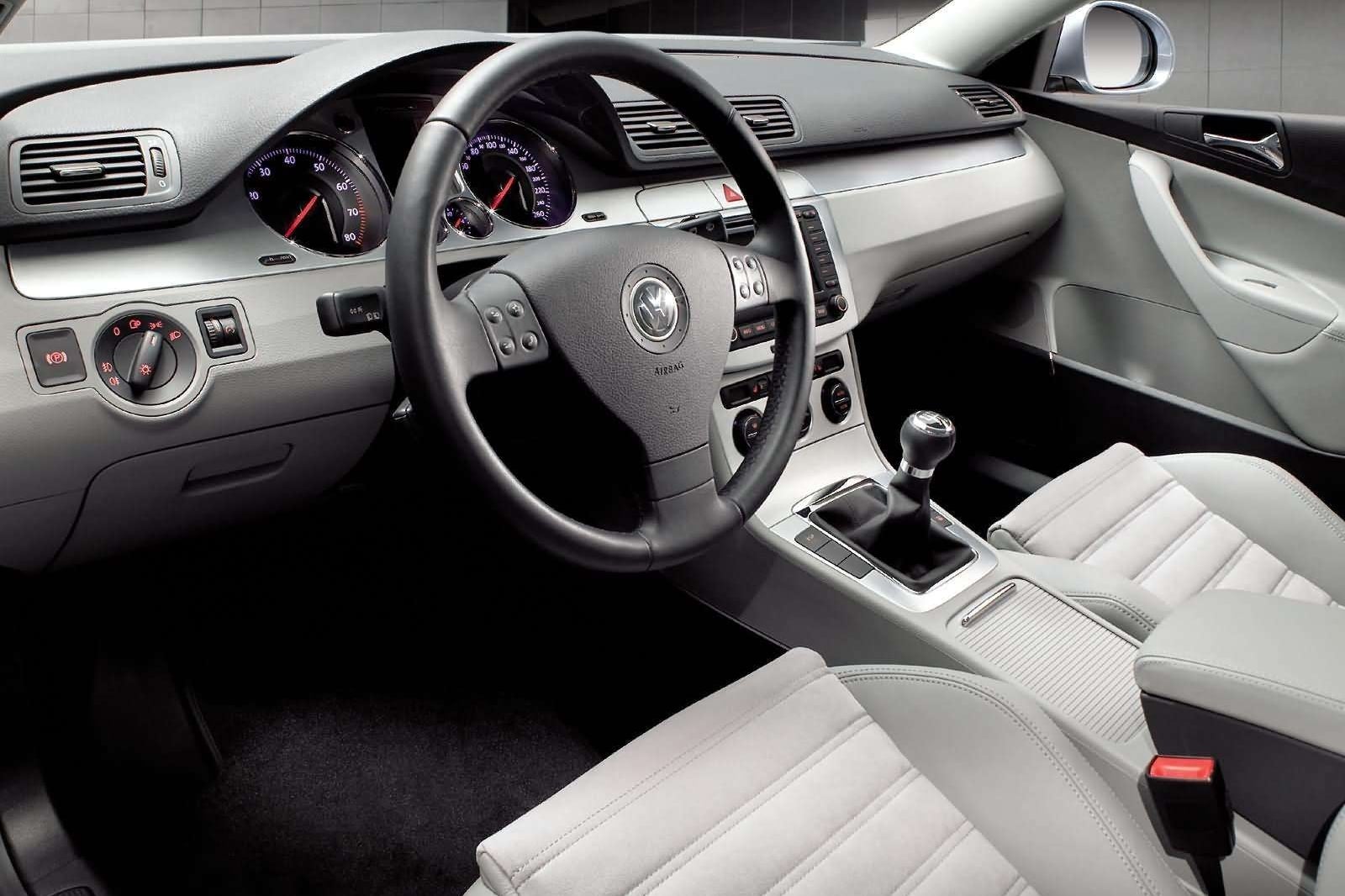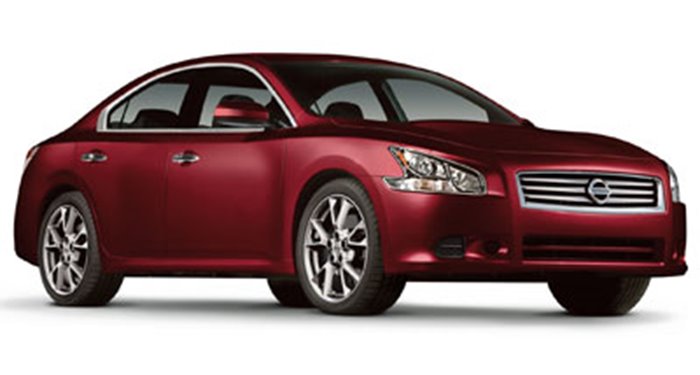The new chain-drive EA888 engine, specifically the CCTA derivative, officially arrived to replace the old EA113 belt-drive engine for the 2009 model year. However, some sources listed this engine from 2008 already, so the only way to be sure what is fitted under the hood of a Passat is to visually identify it according to the descriptions of the engines that we provide in the Engine, Transmission, and Drivetrain section above. Common logic would dictate that the newer chain-drive engine is more desirable, but it's not quite so clear-cut, so read on.
The EA888/1 does not use a cambelt but a timing chain instead, but it can suffer from an elongated chain after around 60,000 miles, which will cause a chain rattle and eventually throw off the timing sufficiently to cause misfiring and rough running, as well as an illuminated Check Engine Light. In terms of mechanical engine problems with the 2009-2010 Volkswagen Passat, the VW timing chain and its generally poor reputation over the years is again a common issue on cars fitted with the EA888 2.0T engine. This problem affects the CCTA engine in the B6 Passat and is an even bigger problem on modified engines. The only remedy is to replace the timing chain and tensioners.
Not only that, but the chain tensioner can also fail, so we'd just replace everything every 60,000 miles to be safe, because a failed tensioner can introduce sufficient slack in the chain to allow piston-to-valve contact that will damage the engine so extensively that you might need a new cylinder head as well. The tensioner problem was such a big issue that it resulted in a class-action lawsuit, with some 2008-2014 Volkswagens with the EA888/1 and EA888/2 engines suffering tensioner failure as soon as 20,000 miles and causing huge engine damage. If you don't know the timing-chain history of a used EA888/1, replace the chain and tensioner as a precautionary measure. Turns out that a timing chain - as opposed to a belt - is not always such a great selling point if it's not reliable.
Ignition coils don't last very long on any of the EA888s, and you can expect to experience misfiring and rough running from failed ignition coils any time after 50,000 miles or so. It is best to replace all the coils in one go, as they usually all fail at about the same time, because you might get a discount on a pack of four, and because they're easy to replace yourself. Water leaks are common on the 2.0T EA888 engine, with the plastic thermostat and coolant-pump housings prone to cracking and leading to overheating and coolant loss. These parts can fail without warning.
The EA888/1 suffers from the same carbon buildup problem due to the direct fuel injection as the EA113 described earlier, so that information applies here too. Keep in mind that soot is a normal byproduct of direct fuel injection and the soot particles end up in the oil and are caught by the oil filter, until they can be removed at the next oil and oil-filter change. They are abrasive and if oil changes are deferred, the soot will remain circulating in the oil and penetrate the timing chains' links, causing them to wear faster than they would have in an engine with conventional fuel injection. The only way to address this is to replace the oil frequently.
In addition, oil consumption problems on Volkswagen Passats with EA888s are common, so you have to keep an eye on the oil level anyway. Thankfully, the oil consumption of the EA888/1 in the B6 Passat should not be nearly as excessive as that in the E888/2 in later VWs, but you're still unlikely to make it to the next lube service without a top-up. Neglect to do it, and your oil might run low, leading to all manner of problems with the camshafts of a VW Passat's engine wearing more rapidly, along with all the other engine internals. However, you might also lose oil via a leaky timing-chain cover, and, as the vehicle ages, the valve covers will probably start to leak too, as well as the rear main seal. If given clean oil frequently and checking that it's always topped up, you should be able to get 200,000 miles out of the engine.
Mileage: Carbon buildup on the intake valves becomes excessive from around 60,000 miles, and the water pump, thermostat, thermostat housing, and timing chain (and tensioner) may also require replacement at this mileage. Ignition coils last around 50,000 miles and should last a bit longer in colder climates. Rear main seals start to leak oil from around 85,000 miles.
Cost: Timing-chain failure typically causes engine damage that costs around $3,400 to fix but can amount to close to $5,000 in some cases. Up to around $600 to have the head stripped and the valves professionally walnut-shell blasted to remove the carbon. Ignition coils cost around $50 each and there are four of them - one for each spark plug. An OEM water pump/thermostat assembly costs around $315 plus about $150-$300 to fit. Replacing a rear main seal can cost almost $1,300.
How to spot: Carbon buildup causes misfiring, rough running, deteriorating performance and economy, and stalling. An elongated timing chain will throw off the timing, trigger the Check Engine light, leave metal shavings in the oil pan, cause a rough idle and hard starting, and lead to the P0506, P0016, P0011, P000a, P0341, and P052a OBD-II error codes. Failed ignition coils cause misfiring, an illuminated Check Engine light, hard starting, stalling, rough running, and the display of OBD-II error codes ranging from P0300 to P0304. A failed thermostat or coolant pump housing will manifest as water leaks and overheating.










 Acura
Acura
 Alfa Romeo
Alfa Romeo
 Aston Martin
Aston Martin
 Audi
Audi
 Automobili Pininfarina
Automobili Pininfarina
 Bentley
Bentley
 BMW
BMW
 Bollinger
Bollinger
 BrightDrop
BrightDrop
 Bugatti
Bugatti
 Buick
Buick
 Cadillac
Cadillac
 Caterham
Caterham
 Chevrolet
Chevrolet
 Chrysler
Chrysler
 Dodge
Dodge
 Ferrari
Ferrari
 Fiat
Fiat
 Fisker
Fisker
 Ford
Ford
 Genesis
Genesis
 GMC
GMC
 Gordon Murray Automotive
Gordon Murray Automotive
 Hennessey
Hennessey
 Honda
Honda
 Hyundai
Hyundai
 Ineos Automotive
Ineos Automotive
 Infiniti
Infiniti
 Jaguar
Jaguar
 Jeep
Jeep
 Karma
Karma
 Kia
Kia
 Koenigsegg
Koenigsegg
 Lamborghini
Lamborghini
 Land Rover
Land Rover
 Lexus
Lexus
 Lincoln
Lincoln
 Lordstown
Lordstown
 Lotus
Lotus
 Lucid Motors
Lucid Motors
 Maserati
Maserati
 Mazda
Mazda
 McLaren
McLaren
 Mercedes-Benz
Mercedes-Benz
 Mini
Mini
 Mitsubishi
Mitsubishi
 Nissan
Nissan
 Pagani
Pagani
 Polestar
Polestar
 Porsche
Porsche
 Ram
Ram
 Rimac
Rimac
 Rivian
Rivian
 Rolls-Royce
Rolls-Royce
 Spyker
Spyker
 Subaru
Subaru
 Tesla
Tesla
 Toyota
Toyota
 VinFast
VinFast
 Volkswagen
Volkswagen
 Volvo
Volvo